RATING:
Graphics: 4
Sound: 5
Gameplay: 5
Overall: 5
Pros: New mechanics, wide selection of cards to choose from.
Cons: Terribly designed UI and website, lots of time out issues, no obvious way to progress past the tutorial and get cards to play against other players.
We’ve lately had a first glance at Iron Belt Studios’ newest MMOTCG Battle For Gea, a fantasy-themed title that currently is in public beta testing and can be played for absolutely free in any web browser. Given the huge number of trading card games on the market, we were eager to find out what was on offer regarding features and whether it was able to hold its own against its competitors. Similar to lots of other TCGs, Battle For Gea maintains various classical features, allowing players to collect cards, manage their decks and engage in combat against AI opponents in PvE campaigns. It also incorporates a shop where to spend the in-game currency or real-world money on Booster Packs.
The registering process was sufficiently simple, so that we were immediately able to log in to the open beta version after creating our account via the game’s official webpage. Battle For Gea is completely browser-integrated although the publisher mentions a client download for Windows as well as an app in their feature list. We, however, were unable to find this on their site, which couldn’t meet our expectation of a well-structured webpage capable of complementing the game.
And things even got worse: minimising the browser window smaller than the game frame resulted in some awful clipping issues and elements that covered each other, having buttons and making a bit of a mess in general. Upon getting into the actual game, the actual size was an odds ratio. Playing at a 1920x1080 resolution, there was a lot of blank space below the game frame which didn’t give the impression of being especially well designed for a classic 1920x1080 ratio, so much so that we actually had to zoom in our browser in order to be able to read any text on the game cards.
The title incorporates an in-depth lore, allowing players to progress through the multiple-staged tutorial campaign featuring completely illustrated and text narrative story frames in order to discover the background and story arc. It was quite apparent that the developing studio originates from Spain, as all the top-ranked users (in case they weren’t actual developers) were also Spanish residents, which nearly never happens in any MMO. Likewise, the translations into English were just off, a mix of bad spelling and bad grammar while some of them just didn’t make any sense.
So much for a first impression, but what about the game? Well, regarding the graphics, Battle For Gea didn’t look extremely amazing, the cards’ illustrations were a peculiar blend of styles ranging from digital art to hand-drawn illustrations and graphically 3-D rendered images. Although they individually looked fine, it just lacked consistence in style.
The concrete mechanics weren’t awfully difficult to pick up. For the tutorial, we were provided with cards that were already laid out on the battlefield: a total of 4, 3 of which on our front line and another one on the backline. Except for the unit on the backline which is able to attack and defend against any enemy card, cards are typically only able to attack those that are directly in front of them (however, the player won’t choose which card to attack, as it is their opponent who chooses which one they want to use for defence).
Each Card has its own Strength rating and Damage value, and when making an attack, both the attacking and defending cards go head-to-head and whichever has the highest Strength rating will be the winner of this dual and then deal its damage directly to the enemy General‘s Morale Pool (once this decreases to zero, the General/ player is defeated).
There’s a variety of opportunities to modify a unit’s strength; first of all its own abilities may provide bonuses on their strength when attacking specific types of units in certain circumstances. Moreover, the General and Support cards in the player’s deck have abilities that may affect a unit’s strength. And last but not least, players are able to spend Command Points from their General’s pool in order to multiply a specific unit’s strength during an attack. In the case of our General, we had recourse to a total of 9 Command Points, of which we were able to apply one or more to each card during a turn, each one applied resulting in the unit’s strength multiplied by it.
Due to the fact that players are unconscious of how many Command Points their opponent is going to use during their attack, there’s a fine line between weighing up the tactics and complete guesswork. In order to use tactics, players are pretty much required to do quite long-winded maths to work out the best odds as to how many command points they should apply to each unit.
There were some abilities the cards feature which didn’t make sense to, however, players will perhaps get used to this after a while. And furthermore, we sometimes had the feeling we weren’t getting to where we thought we would in regards to receiving bonuses, meaning this aspect is all but absolutely evident at times.
During our trial, the tutorial mode ended abruptly when our 5th and final match against the AI continued to bug out. From our video, you’ll get the impression it’s crashing and even when afterwards trying again, we still weren’t much luckier, even having logged out and logged back in again, which shows that there are still quite some issues left.
Our further feature exploration also came up short: when attempting to play against other players, we were notified we didn’t have a General card to make a new deck. We therefore checked out the in-game shop to find out whether we were able to buy a deck with the currency we’d earned through the tutorial. We were amazed to realise that we had quite a huge amount of Silver Coins, only to then be disappointed when noticing that almost everything the shop offered required Ingots (we in fact weren’t able to find out what to actually spend our coins on). And finally on top of all those issues, we were later given a “There were too many redirects” error from Google when trying to visit the site later, which isn’t the best thing to happen for a browser-based MMO.
On the whole, Battle For Gea left us with the impression of being far from complete and polished, given the amount of obtrusive problems which mainly concerned the badly built web design. On the one hand, this could be reasonably excused by stating that it’s only the public beta, on the other, however, players nowadays consider an open beta unfortunately an opportunity to get their hands on a game early on, expecting tremendously more from MMOs. And we agree with the general opinion that public betas should be stress tests to make sure the title is able to support larger player numbers while also being a means of receiving additional feedback from a wider audience. However, games should be tremendously closer to their final release state than this is currently the case of Battle For Gea, the main problems of which are that evident that anybody trying the game should be able to notice them before the title enters public beta testing.
Rather an all but great first impression, however, putting all this aside, Battle For Gea can be kind of pleasant and once its main problems are fixed, it could be worth coming back to it.
In case you’re interested in finding out more about this new TCG, also check out our first look gameplay commentary video we’ve recently published.
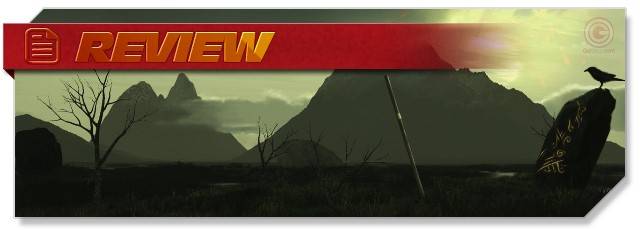

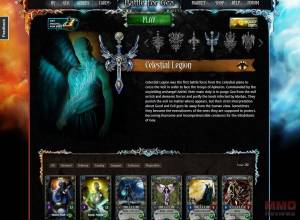
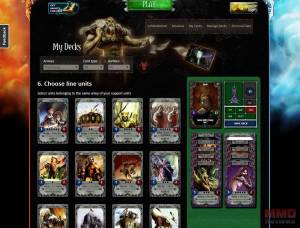
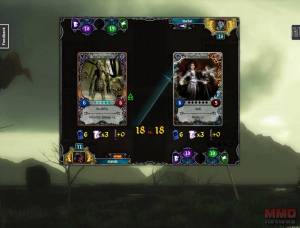
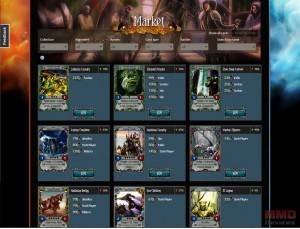
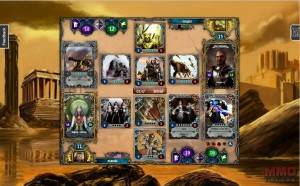
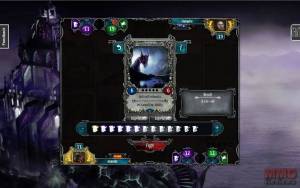


Deja tu comentario
You must be logged in to post a comment.